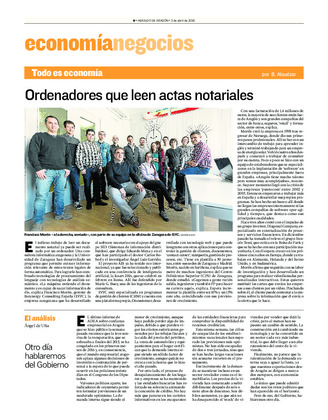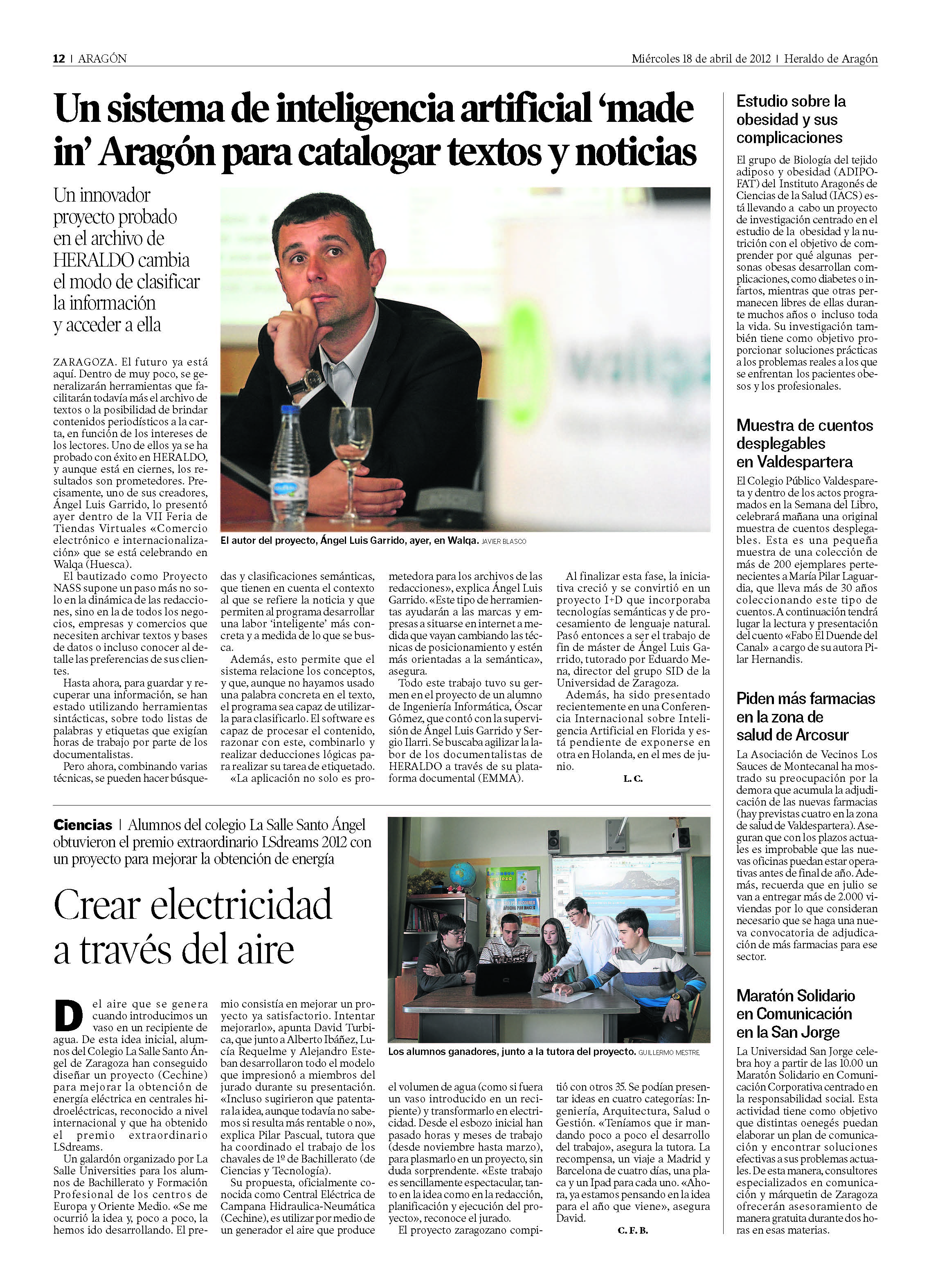|
|

GENIE is the acronym of GENeric Information Extraction Framework. GENIE is an architectural proposal that implements a set of components which objective is to provide tools to make easier information extraction with easily accessible formats using Machine Learning, IA Technics, Natural Language Processing tools and Semantic Methods.
ABOUT GENIE
Why Genie?
The reason for developing this framework is to provide a general purpose platform capable of integrating all kinds of processes
related to the information extraction and that can be developed for applications which require execution of components capable of handling tasks
relevant to disambiguation, the language analysis, labeling and text classification, summary writing, semantic search, etc.
Information Extraction
The Information extraction is a science that deals with the search for data on any type of digital documentary collection in a pertinent and relevant way. And this is the main field of activity of the platform GENIE. Today the access to large amounts of information has become something regular in our lives and it is being considered the need for tools to collect, organize, analyze and distribution this information. These products require capabilities that are not trivial and that can hardly be found in commercial products.
That is why it has been considered very useful to have software that assembles in common framework different elements to tackle this problem from different angles, giving also the possibility of automate many usual processes related to the extraction information. This can help limit the possibility of human errors in these tasks, increase productivity of organizations and save the resources needed to achieve their goals.
Who we are?
GENIE it is being developed at the University of Zaragoza, within The SID Research Group that has an extensive experience in issues related to the Semantic Web. In the project are working together doctors, engineers, academicians, scholars and business professionals. You can meet us taking a look at the tab of Staff.
|
OBJECTIVES
|
USES
In addition to its high interest as a research platform, this software has a lot of practical applications almost immediately:
|
Search Engines: |
Documentation Archives: |
Information management: |
NEWS
 |
Article (in Spanish) published in the newspaper "El Heraldo de Aragón" (Abr 3, 2016) which explains the AIS project, in collaboration with the company Insynergy (ISYC), dedicated to extracting information from legal documents using semantic techniques. |
 |
Article (in Spanish) published in the newspaper "El Heraldo de Aragón" (April 18, 2012) that describes NASS, our work on catagorising news using semantic techniques. |